WATERSHEDS EXPLAINED
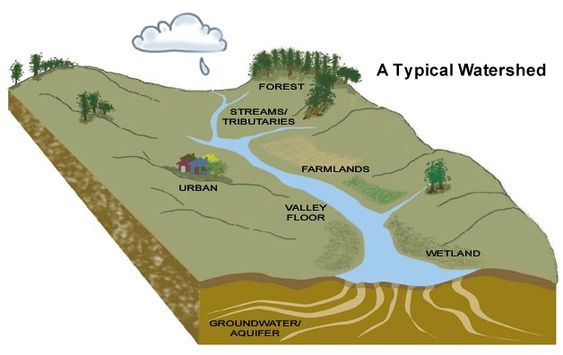
text
text
When water falls as rain or snow, it flows downhill, coming together as creeks, streams, and rivers and eventually reaches an outlet, a body of water such as reservoirs, bays, and the ocean.
text
The entire area of land that the water flows through is called a watershed.
Cover photo: Mark Gangi
Left image: Environmental Protection Agency
text
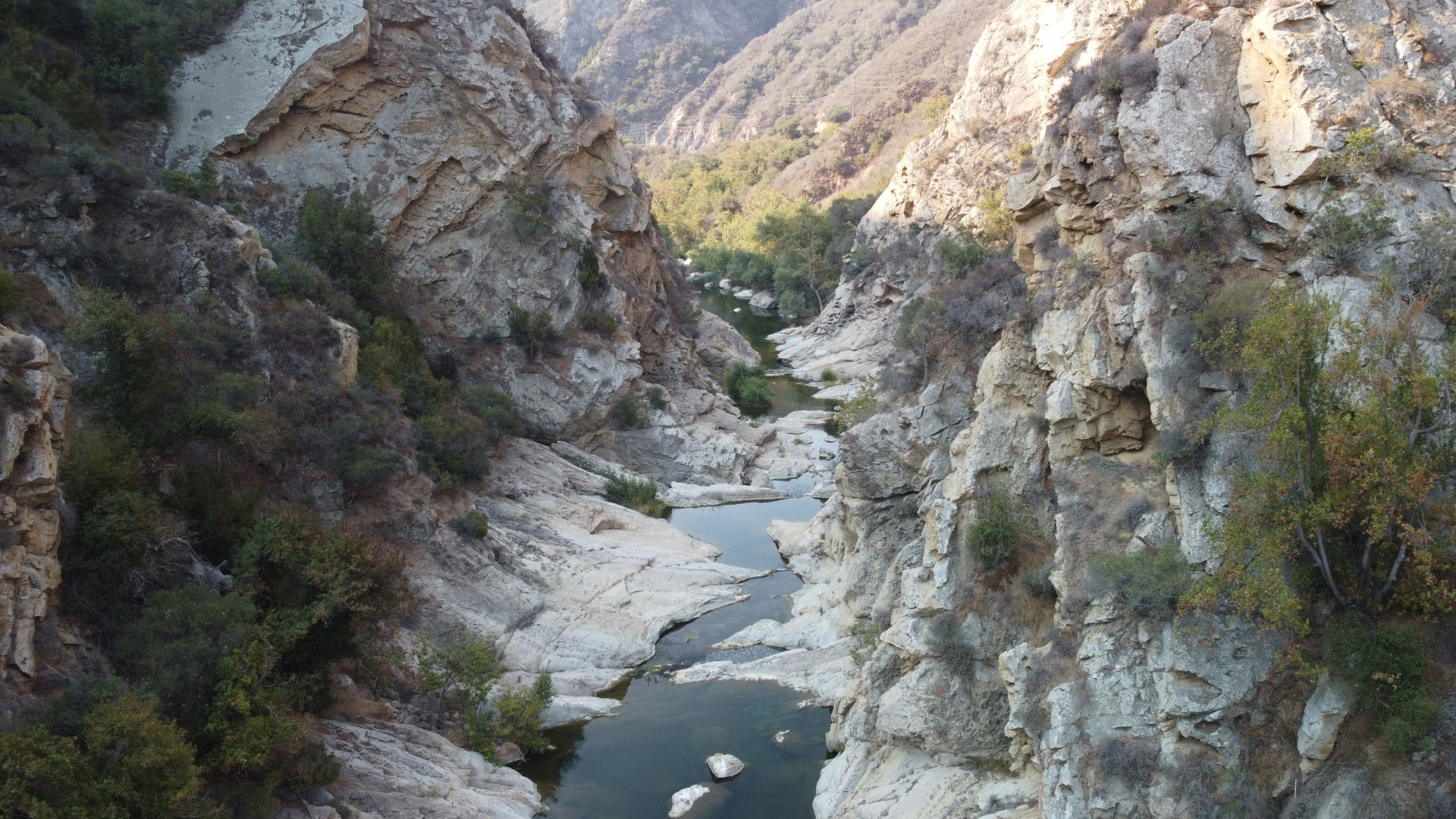
Every body of water has a watershed.
The watershed consists of surface water--lakes, streams, reservoirs, and wetlands--and all the underlying groundwater.
Watersheds can be as small as a pond, while others can encompass thousands of miles of land and waterways that are draining into a body of water.
Gravity helps to guide the path that water takes across the landscape.
Background photo: Mike Wier.
Watersheds are all connected.
Large watersheds contain many smaller ones, and ultimately, all water is part of the same cycle.
What happens upstream, near the source of a watershed’s water, affects what goes on downstream, and all through the basin. They are a natural network that ensures healthy environmental function.
Streams, lakes, rivers and other waters are interconnected with the landscape and all its activities through their watersheds. We all live in a watershed, and watershed condition is important to everyone and everything that uses and needs water.
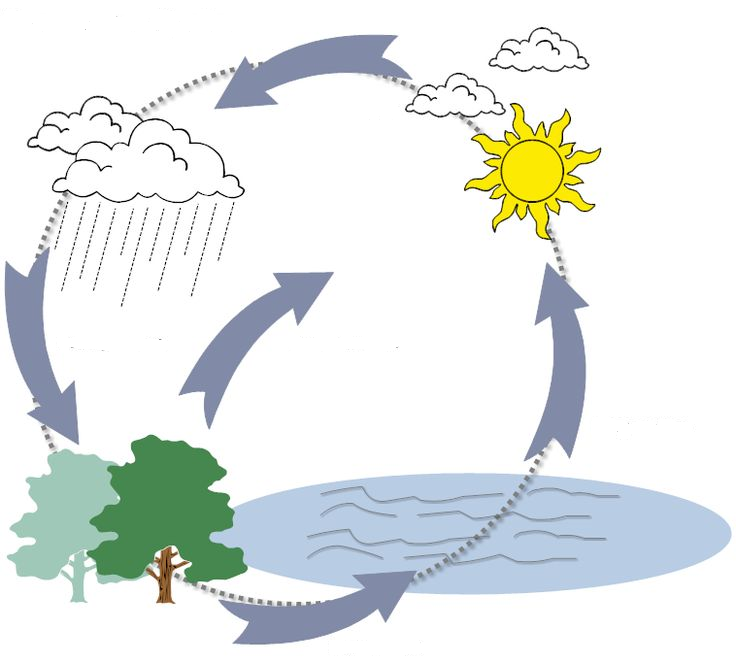

What is a healthy watershed?.
In a healthy watershed, water, soil and air are clean. People, as well as fish and wildlife, have the water, food, shelter, and other resources they need to survive and to thrive.
A healthy watershed has the structure and function in place to support healthy aquatic ecosystems.
The health of clean waters is heavily influenced by the condition of their surrounding watersheds.
Left photo: Mike Wier.
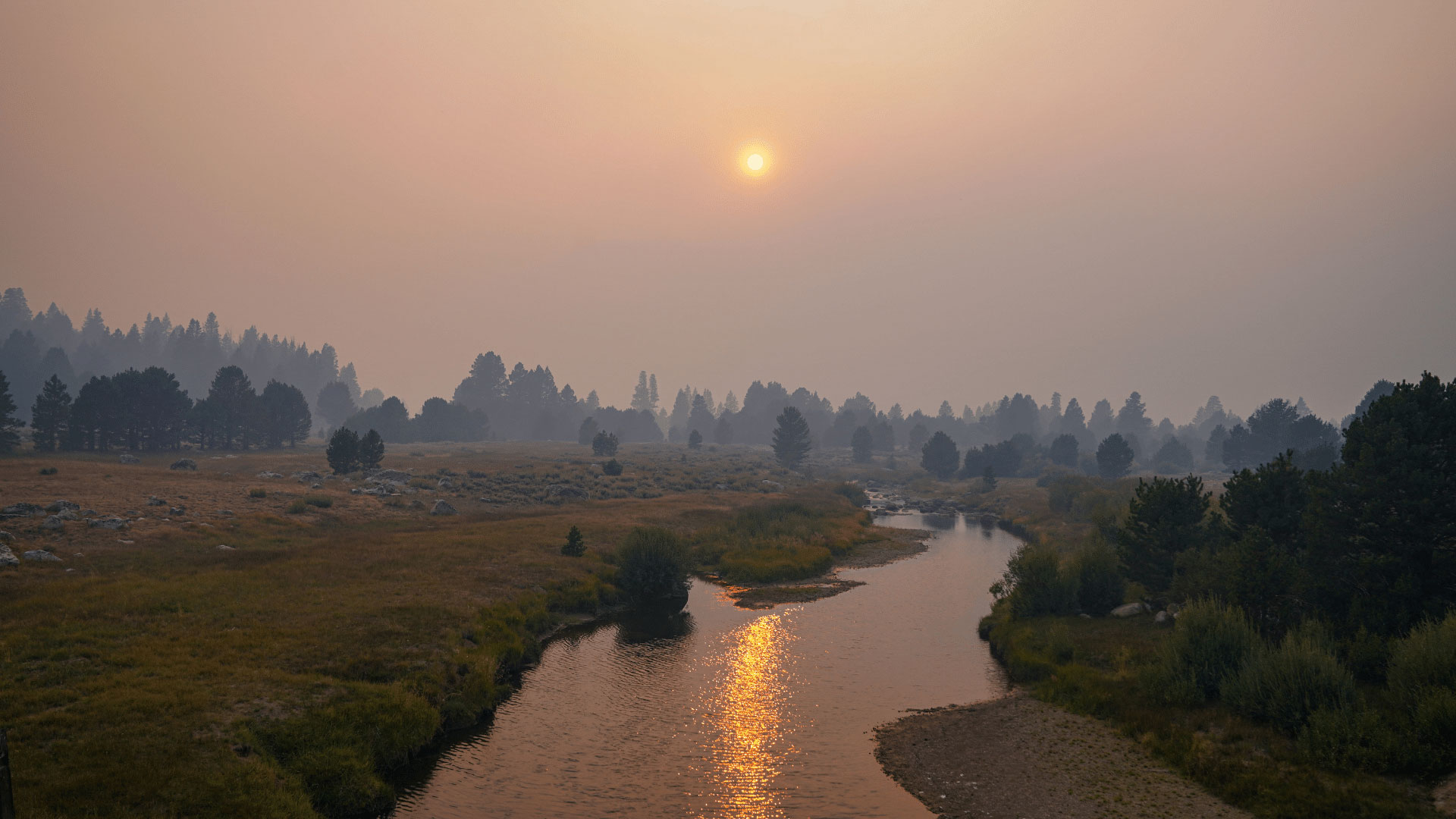
Threats to Healthy Watersheds
Human activities have greatly altered many waters and their watersheds. The major threats include:
- Pollution from trash, pesticide use, pet feces, etc. that enters the water system.
- Man-made changes to a river, such as damming, channelizing, and leveeing.
- Land development, interrupting the natural flow of water.
- Forest fires.
Background photo: Mike Wier
Healthy Watershed Protection
It is vitally important to protect the quality of our watersheds since water supplies, animal habitat, and recreation are all dependent on healthy watersheds.
Watershed protection involves the protecting of a lake, river, or stream by managing the entire watershed that drains into it. Clean, healthy watersheds depend on an informed public to make the right decisions when it comes to the environment and actions made by the community.
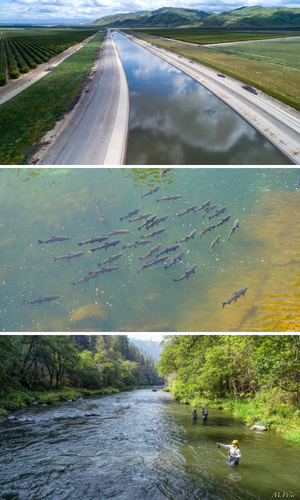
Visit the EPA's website to learn more about the waters you live in.






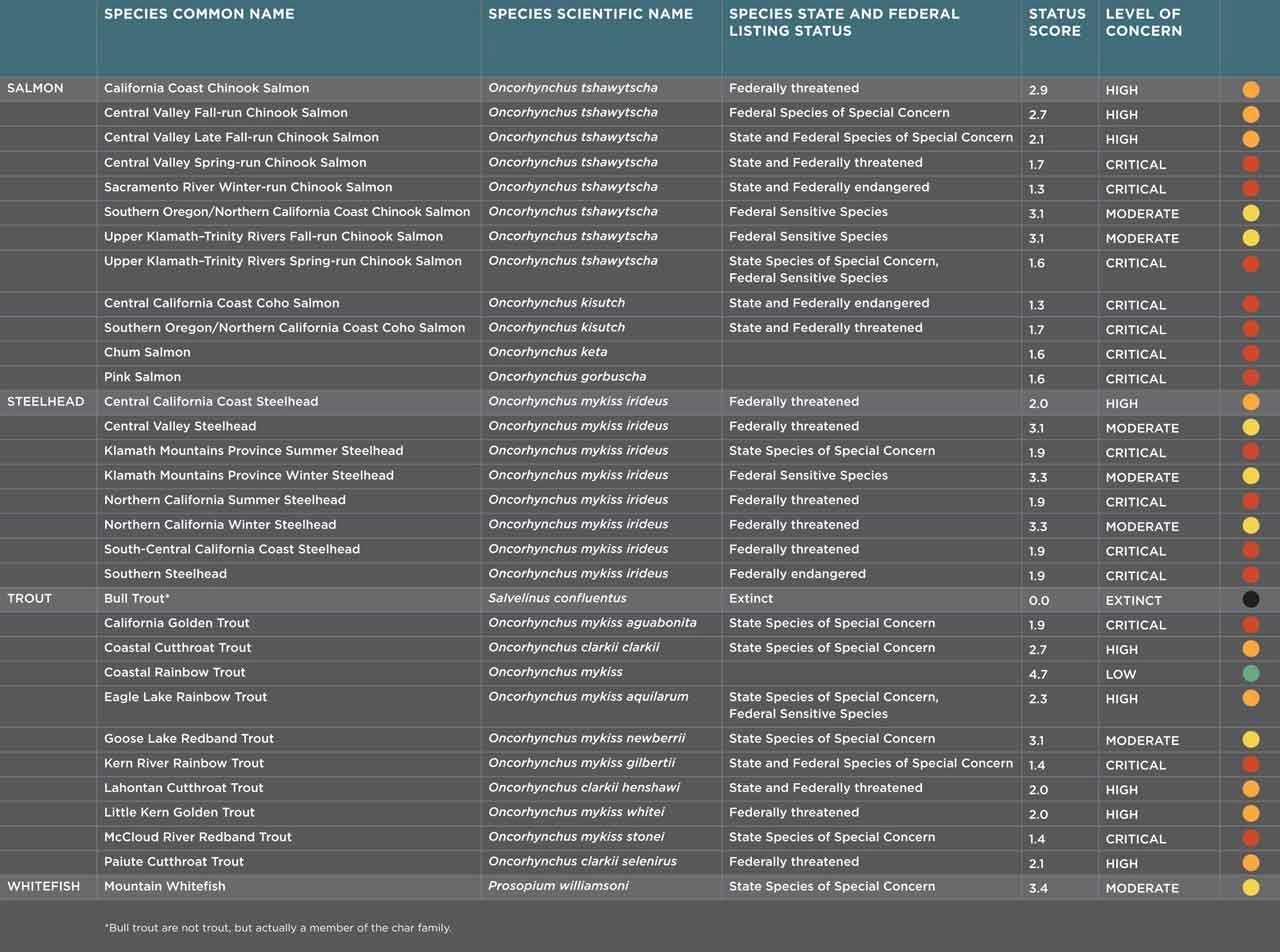












 Dams block access to historical spawning and rearing habitats. Downstream, dams alter the timing, frequency, duration, magnitude, and rate of change of flows decreasing habitat quality and survival.
Dams block access to historical spawning and rearing habitats. Downstream, dams alter the timing, frequency, duration, magnitude, and rate of change of flows decreasing habitat quality and survival.